
Cement rotary kiln is the core equipment in cement production process. Tongli Cement Rotary Kiln can produce different grades of Portland cement, slag cement and pozzolanic cement such as P·O 42.5 and P·O 52.5. Its main function is to calcine the raw materials into cement clinker at high temperature of 1350°C to 1450°C to ensure that the chemical components in the raw materials are fully reacted, so as to produce different grades of clinker. Tongli rotary kiln has diameters ranging from 2.5m to 6m, and the output can reach 5000-10000 tons/day according to different specifications.


Efficient Cement Cination Solution
A MACHINE YOU CAN DEPEND ON!
We are experts in the production of cement rotary kilns with proven products: Our cement rotary kilns are ideally suited to handle high temperature, high pressure and continuous operation conditions such as clinker calcination, cement burning and clinker cooling processes.
High-precision welding technology and splicing technology are used to ensure that the concentricity error of each section of the cylinder does not exceed ±0.5 mm. This process effectively avoids stress concentration during equipment operation and reduces component wear.
The rotary kiln barrel is precision processed through CNC machine tools and laser calibration equipment to ensure that the roundness error of the barrel is controlled within ±1 mm. This high-precision processing technology can significantly reduce vibration and deviation caused by insufficient roundness of the cylinder during rotation.
Equipped with graphite block seal, labyrinth seal and air sealing system, made of high temperature and wear-resistant graphite material, with extremely low friction coefficient and can maintain stability at high temperatures. Graphite block sealing can reduce heat loss by about 20%-30% and significantly improve heat utilization.
| xxxxxxx | Capacity (t/h) | Motor Model: | Gearbox Model | Input Moisture (%) | Fuel Coal Calorific Value (kcal) | Output Moisture (%) |
| φ1.2x10 | 2.5-3 | M160M-6 → 7.5 | ZQ350Ⅱ-25 | 25±5 | ≥5500 | ≤13 |
| φ1.5x14 | 7-9 | Y180L-6 → 15 | ZQ400Ⅱ-31.5 | 25±5 | ≥5500 | ≤13 |
| φ1.5x18 | 9.5-12 | Y180L-6 → 15 | ZQ400Ⅱ-31.5 | 27±5 | ≥5500 | ≤13 |
| φ1.8x14 | 12-15 | Y200L-6 → 18.5 | ZQ400Ⅱ-31.5 | 25±5 | ≥5500 | ≤13 |
| φ1.8x18 | 14-18 | Y200L1-6 → 18.5 | ZQ400Ⅱ-31.5 | 27±5 | ≥5500 | ≤13 |
| φ2.0x18 | 18-22 | Y200L2-6 → 22 | ZQ50Ⅱ-31.5 | 25±5 | ≥5500 | ≤13 |
| φ2.0x20 | 18-23 | Y200L2-6 → 22 | ZQ50Ⅱ-31.5 | 30±5 | ≥5500 | ≤13 |
| φ2.2x18 | 21-25 | Y200L2-6 → 22 | ZQ65Ⅱ-31.5 | 27±5 | ≥5500 | ≤13 |
| φ2.2x20 | 22-25 | Y225M-6 → 30 | ZQ65Ⅱ-31.5 | 30±5 | ≥5500 | ≤13 |
| φ2.4x20 | 25-29 | Y225M-6 → 30 | ZQ75Ⅱ-31.5 | 27±5 | ≥5500 | ≤13 |
| φ2.4x22 | 26-30 | Y225M-6 → 30 | ZQ75Ⅱ-31.5 | 30±5 | ≥5500 | ≤13 |
| φ2.6x20 | 28-33 | Y250M-6 → 37 | ZQ85Ⅱ-31.5 | 25±5 | ≥5500 | ≤13 |
| φ2.6x24 | 29-35 | Y250M-6 → 37 | ZQ85Ⅱ-31.5 | 30±5 | ≥5500 | ≤13 |
| φ3.0x20 | 45-50 | Y280S-6 → 45 | ZQ100Ⅱ-31.5 | 25±5 | ≥5500 | ≤13 |
QUALITY NEVER GOES OUT OF STYLE
The diameter and length of the cement rotary kiln are two key points that affect the production capacity. As the diameter and length of the rotary kiln increase, factors such as the material handling capacity, heat exchange efficiency, and combustion efficiency in the kiln will increase. The larger the diameter of the rotary kiln, the more material can be processed per unit time.
The length of a rotary kiln with a diameter of 3.2-3.5 meters is about 50 meters, and the output is 600-800 tons/day; the length of a rotary kiln with a diameter of 4.0-4.5 meters is 60 meters, and the output can reach 1500-2000 tons/day; the length of a rotary kiln with a diameter of 4.8 meters and above is generally more than 70 meters, and the output can be increased to 3000-5000 tons/day.
High alumina bricks are mainly made of alumina (Al₂O₃), and the alumina content is usually between 45%-80%. The refractoriness of high-alumina bricks is above 1750°C. They can maintain a stable structure at high temperatures and have excellent thermal shock resistance. They are often used in the preheating zone and transition zone of rotary kilns.
The temperature in these areas is relatively high, but it does not reach the extreme high temperature of the firing zone, so high-refractory materials are required. High-alumina bricks have good wear resistance and erosion resistance, and can effectively resist the erosion of the atmosphere and alkaline substances in the kiln.
The main components of magnesia-chrome bricks are magnesium oxide (MgO) and chromium oxide (Cr₂O₃), of which the magnesium oxide content is generally 60%-70%, and the chromium oxide content is about 8%-20%. This material has a refractoriness of up to 1800°C and has excellent high temperature resistance. It is widely used in the firing zone of cement rotary kilns. The temperature in this area is usually between 1350°C and 1450°C, which is a key area for calcining cement clinker.
The main component of corundum bricks is alumina (Al₂O₃), the content of which is usually above 90%. It has extremely high refractory properties and its refractoriness can reach 1900°C, making it very suitable for use under extremely high temperature conditions. Corundum bricks are usually used in the extremely high temperature zone of the cement rotary kiln firing zone. Corundum bricks have high hardness and good corrosion resistance, and can maintain stable performance under the most stringent conditions.
The dry process rotary kiln has a higher thermal energy utilization efficiency, and the heat consumption of producing one ton of cement clinker is usually 3000-3500 kcal/kg clinker (about 3.0-3.5 GJ/ton clinker); while the wet process rotary kiln has higher energy consumption due to the need to evaporate water, and the heat consumption is usually 5000-5500 kcal/kg clinker (about 5.5-6.0 GJ/ton clinker).
Different types of fuels have different consumption per ton of product. Let's take coal as an example. The dry process rotary kiln consumes about 110-120 kg of standard coal (calorific value is about 24-25 MJ/kg) to produce one ton of cement clinker, while the wet process rotary kiln consumes 160-180 kg of standard coal, and the fuel consumption is significantly higher.
Different fuels (such as natural gas and petroleum coke) consume different amounts of natural gas per ton of clinker. The amount of natural gas required to produce one ton of clinker is about 80-100 cubic meters, while the fuel consumption of petroleum coke is about 80-90 kilograms.
The main difference between incineration kiln and rotary kiln is the difference in function. Rotary kiln is usually used to produce products and convert raw materials into products, while incineration kiln is used to treat garbage, mainly to reduce the volume of materials. Incinerators and rotary kilns are also different in equipment structure. Incinerators are mainly composed of feeding system, combustion system, exhaust gas treatment system and ash treatment system; while rotary kilns are mainly composed of cylinder, botou, bearings, gears and motors.
The application fields of incinerators and rotary kilns are also very different. Incinerators are mostly used in urban waste treatment, medical waste treatment and hazardous waste treatment. For example, our Dubai project of Tongli is medical waste recycling; while rotary kilns are mainly used in cement plants, metallurgical plants and chemical plants.
A cement kiln is usually a rotary kiln, which is a long cylinder that can rotate continuously. The interior is divided into a preheating zone, a burning zone and a cooling zone, which are used to heat the raw materials to high temperatures to produce cement clinker. Cement kilns are equipped with complex combustion systems and heat exchange devices. Maerz kilns are usually vertical double-chamber kilns with two parallel kiln chambers, each for calcining limestone. The upper part of each kiln chamber is the feed inlet, and the lower part is the discharge outlet. The kiln body is made of refractory materials and insulation layers to withstand high temperatures and reduce heat losses.
There are significant differences between Maerz kilns and cement kilns in calcination temperature and temperature control. Maerz kilns are vertical kilns specifically used for lime calcination. Their calcination temperatures are generally between 1000°C and 1200°C, which is high enough to calcine limestone (calcium carbonate) into lime (calcium oxide) without causing overburning, thereby maintaining the reactivity and quality of the lime. The operating temperature of cement rotary kilns is significantly higher, usually around 1400°C to 1450°C. This high temperature zone is used to burn raw materials such as limestone and clay into cement clinker and generate major mineral components such as C3S and C2S.
In terms of temperature control, the temperature control of the Maerz kiln is relatively low and uniform, because its design ensures that the heat is evenly distributed in the calcination zone, thereby reducing fuel consumption and equipment heat load. However, since cement kilns need to achieve full reaction of raw materials at high temperatures, their temperature control is more stringent. Not only must the high temperature in the calcination zone be maintained, but also excessive temperatures must be avoided to damage the kiln lining materials, so temperature gradient management in different areas is involved.
In the firing section of the rotary kiln, the raw materials first undergo a decomposition stage, in which limestone (CaCO₃) begins to decompose at around 850°C to generate calcium oxide (CaO) and carbon dioxide (CO₂). Subsequently, at around 1200°C, calcium oxide reacts with other mineral components in the solid phase to form tricalcium aluminate (C3A) and tetracalcium aluminoferrite (C4AF), which are essential for the strength and durability of cement. When the temperature is further increased to 1350°C-1450°C, part of the material melts to form a liquid phase, and the reaction in the liquid phase forms tricalcium silicate (C3S), which is a key mineral in cement clinker and gives cement its early strength.
After completing these chemical reactions, the clinker is rapidly cooled from the high temperature area, which helps to stabilize the mineral phase, especially to ensure the formation of C3S, while avoiding the formation of unfavorable crystalline phases such as belites. The design and operation of the entire firing section ensures that decomposition, solid phase reaction and liquid phase reaction are fully carried out, thereby producing high-quality cement clinker.
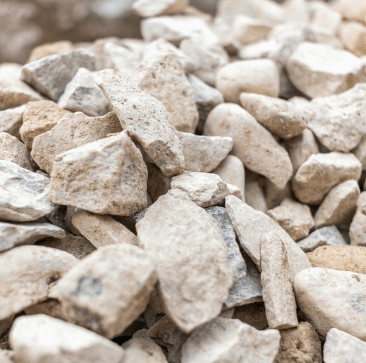
Key raw material in cement; it decomposes under high temperatures, forming the base for clinker.

Provides silica and alumina; essential for clinker formation; helps improve kiln’s material balance.
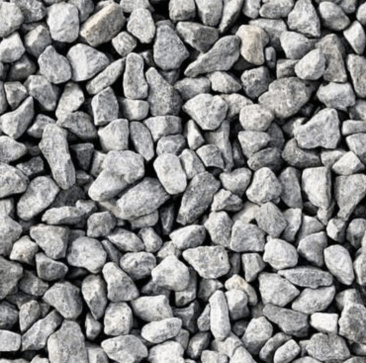
Supplies iron, silica, and alumina; often mixed with limestone; enhances raw mix properties.
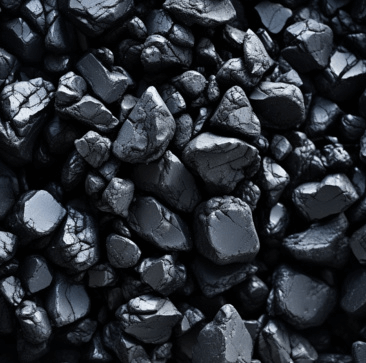
Adds silica for clinker production; improves kiln feed consistency; used to correct composition.
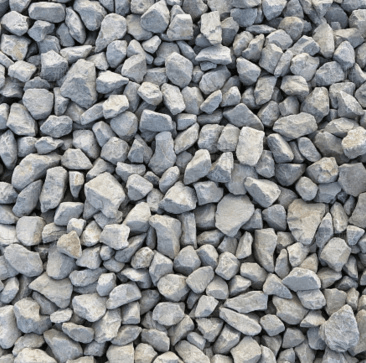
Provides necessary iron oxide; critical for clinker phase formation; helps in clinker coloration.

Regulates cement setting time; added post-kiln in clinker grinding; critical in cement hydration.
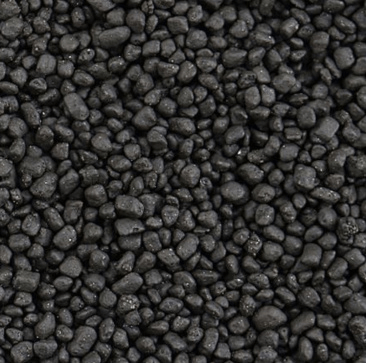
A byproduct of coal combustion; supplements silica and alumina; reduces energy consumption.
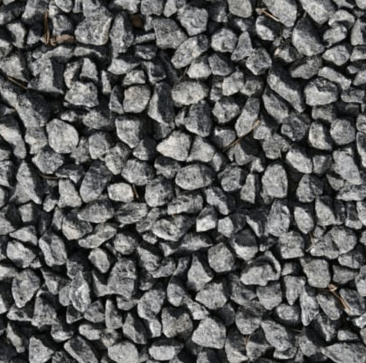
Rich in alumina, it adjusts kiln feed alumina levels; enhances clinker strength and setting times.
You can get in touch with us through the following contact information
AddressNo. 2289 Huancheng South Road, Tongxiang, Jiaxing, Zhejiang Province, China. Zip code:314500
Please fill in the sales inquiry form and our sales representatives will be in touch shortly.